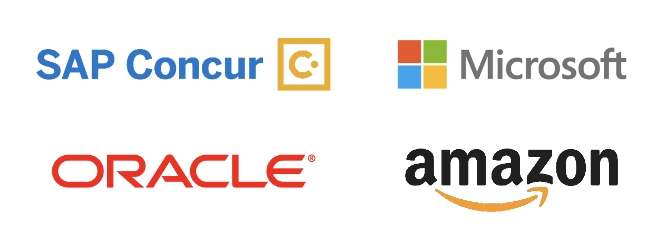
Let me share something I’ve learned after years of helping companies get better at managing their projects: having a Project Management Office (PMO) isn’t just some fancy buzz word – it’s a game-changer. And I’m not talking about just the big companies here. I’ve seen small businesses transform the way they work simply by having a dedicated team or even just one person focused on keeping projects on track.
Think about it like this: have you ever tried to organize a family reunion? You need someone to coordinate who’s bringing what, make sure everyone knows where to go, keep track of costs, and handle any problems that pop up. That’s basically what a PMO does for your business, just on a bigger scale.
I remember working with a private company of about 75 people who were struggling to launch a new software product. They initially hired me for a three-week launch readiness assessment, but within just one day, my verdict was clear: “not ready.” Despite everyone working diligently, they were operating in silos. The product wasn’t coming together because they weren’t working together. As a small company, everyone already had full-time responsibilities, and work on the new product had to fit in whenever they had time—meaning different people made progress at different rates, creating a disjointed effort.
We pivoted from the assessment to establishing a one-person, part-time PMO. My role became organizing the team, documenting business requirements, developing testing protocols, building a cohesive plan, and—most importantly—ensuring everyone communicated effectively. The results spoke for themselves: after two years of development that had gotten them nowhere near launch, just nine months with a PMO in place led to a successful market entry with a working customer pilot. The company then hired a dedicated project manager to lead future projects and handle all subsequent launches.
The beauty of a PMO is that it grows with you. For a small business, it might just be one person who spends part of their time keeping projects organized. In larger companies, it could be a centralized team that helps different departments work together smoothly. The key is that someone is strategically looking at the big picture while everyone else focuses on their specific tasks.
Here’s what really matters: having a PMO means you’re not just jumping from one project to another hoping things work out. You’re learning from what went well (and what didn’t), you’re making sure the right people are working on the right things, and you’re catching problems before they become disasters.
Starting with a PMO doesn’t have to be complicated, and it does not require expensive software. What you need is a commitment to doing things better and someone who can keep an eye on the bigger picture. The important thing is to start somewhere.
Whether you’re a small business owner wondering if you’re ready for a PMO, or a larger organization thinking about taking that step, my advice is simple: start now. Your future self (and your team) will thank you for it.

Kara Costello with over 10 years of experience as a dynamic program leader specializing in strategy execution, Kara excels at managing cross-functional teams from conception through implementation. Her track record includes overseeing mid to large-scale projects while maximizing efficiency and driving successful completion.
Kara effectively translates complex strategies into practical plans through communication with executive, technical, and business stakeholders. She is passionate about leading transformational initiatives and excels in new business development and account expansion.

Keaton McCoy is a versatile technology transformation leader with over a decade of consulting experience across diverse industries. As a strategic planner and agile implementer, Keaton brings expertise in managing complex digital initiatives that drive operational excellence and business growth for organizations undergoing significant change.
Keaton has successfully led numerous high-impact projects, including enterprise-wide digital transformations, establishment of transformation management offices (TMOs), and implementation of business-critical systems across global organizations. His strategic approach consistently delivers significant efficiency gains and cost savings for clients while ensuring business continuity and stakeholder satisfaction.










